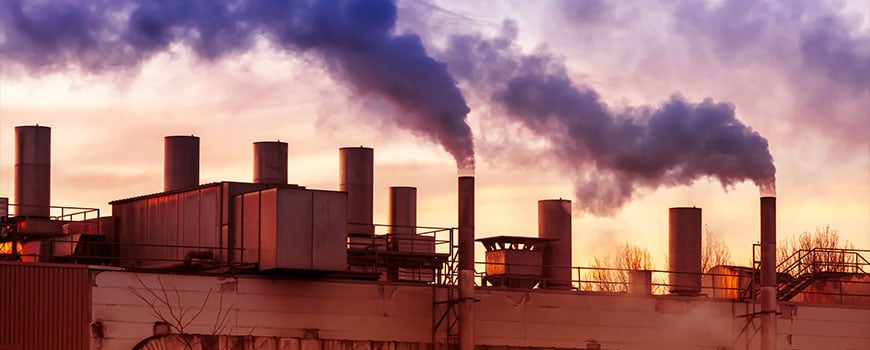 The pandemic has focused attention on the need for better building ventilation, but this need not come at the expense of saving energy and cutting carbon, according to a leading building services engineer.
The pandemic has focused attention on the need for better building ventilation, but this need not come at the expense of saving energy and cutting carbon, according to a leading building services engineer.
Speaking at a webinar hosted by the Building Engineering Services Association (BESA), AECOM’s Ella Clark said this was “not an either/or issue”
“We now know that doubling the rate of ventilation reduces the spread of Covid-19 by around half and that the World Health Organisation (WHO) recommends ventilation as a first-line strategy for getting people back to the office,” she said.
“We can make our HVAC systems pandemic resilient and design buildings with excellent indoor air quality (IAQ) that are also low carbon.”
Clark, who is a mechanical engineer and committee member of the British Council for Offices (BCO), said the use of technologies like radiant heating and cooling panels, mechanical ventilation with heat recovery (MVHR), and direct evaporative cooling can all improve the indoor conditions without driving up energy consumption.
“Displacement ventilation is a good option because it is more effective at drawing away pathogens compared with top-down air mixing,” she explained. “It can reduce energy cost by 20% because it allows air to be introduced into the occupied space at higher temperatures so reducing the need for cooling power. However, it does require larger volumes of air so needs bigger air handling units etc.”
Polluted
Natural ventilation is the most energy efficient option with energy savings as high as 79% depending on what it is replacing – equivalent to as much as £30,000 per annum in running costs for a commercial building, according to Clark. However, it increases the risk of introducing polluted air into the indoor space.
“Many studies show that the IAQ can be considerably worse than the outdoor air in these circumstances…and 75% of urban areas in the UK are above the WHO recommendations for air quality.”
Health experts have been quick to highlight the crucial role played by ventilation in maintaining health and comfort through temperature and humidity control and by reducing moisture, odours, and gases. A NASA study also showed that human productivity fell by 3.6% for every 1degC the indoor temperature rises above 22degC.
The BCO recommends temperature in offices should be maintained at between 20 and 24degC and there should be 12 litres per second per person (l/s pp) of clean air introduced with an additional 10% in high density occupied spaces. It also says that controlling humidity is crucial.
Clark told the BESA webinar that BCO studies showed the average relative humidity (RH) in offices was 38% whereas for good health it should be between 40 and 60%. At 35% people will experience eye irritation, nasal dryness, and sore throats. This also has important implications for future health emergencies.
“At 23% RH more than 70% of flu particles remain infectious after an hour in the air, but at 43% that falls to just 14% according to a range of studies,” she explained “However, providing those conditions can lead to an energy penalty if you use humidifiers. Adding an extra 0.28 l/s pp can increase energy demand by 0.6kWh/m2 per annum which is 5,000 kw annually for a large office.”
Mechanical ventilation offers a more controllable approach that can also make use of filtration to reduce the ingress of pollutants into occupied spaces. “We want to ensure that we are filtering down to PM2.5. There are HEPA filters and ULPA filters which are typically used in clean rooms in hospitals,” said Clark.
“You will get a higher pressure drop across these filters and they do also have to be maintained, but we can still find the balance between healthy indoor conditions and sustainability if we use the right design approach.”
Clark’s presentation followed the launch of BESA’s third piece of IAQ guidance in just over a year.
‘Buildings as Safe Havens – a practical guide’ outlines strategies facilities managers and building owners can follow and provides targeted questions they can put to ventilation experts to establish the right air quality approach for their building.
It can be downloaded for free along with the Association’s other IAQ guides here.

